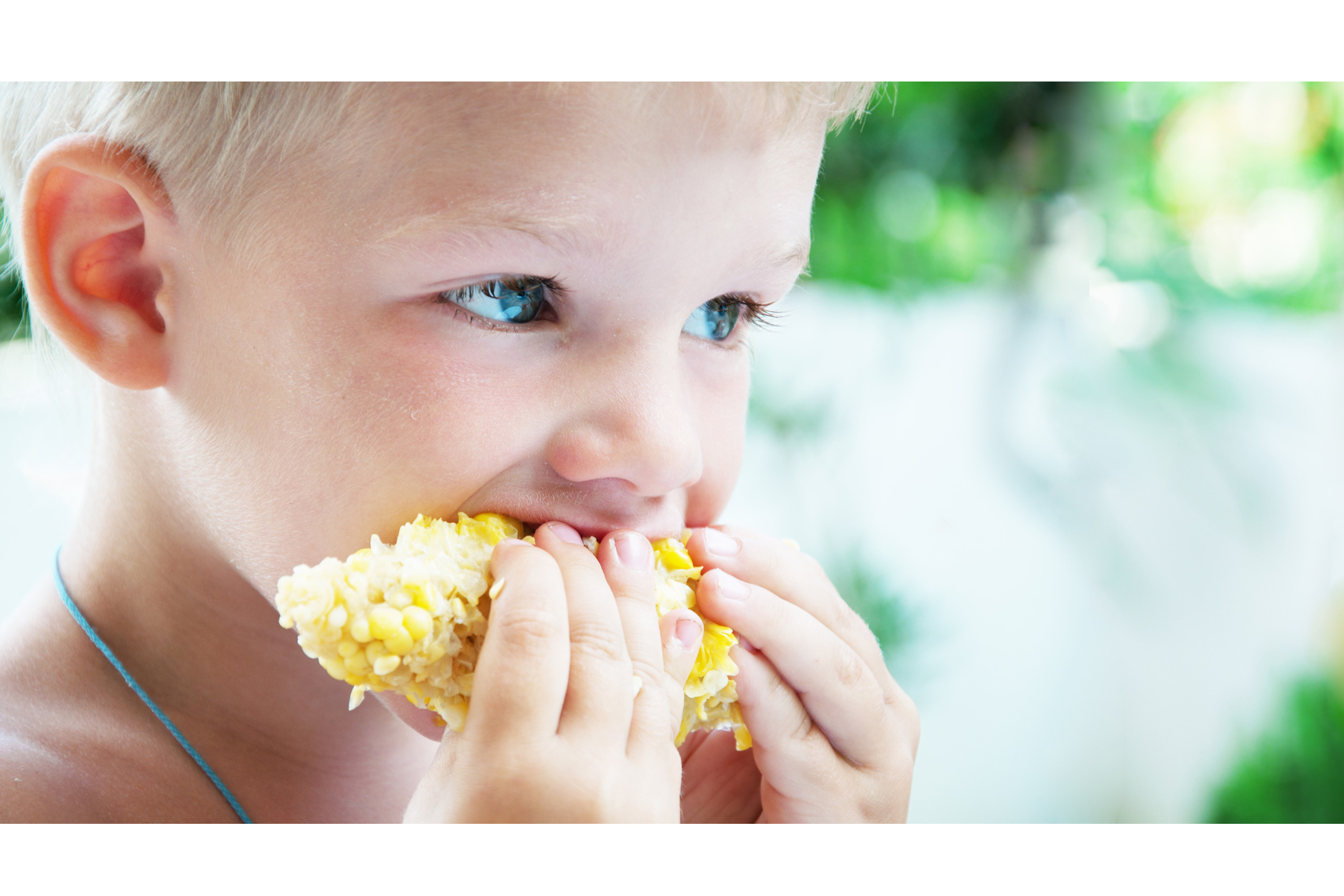
27 Apr Allergy Agony
There was no sleep in Mercedez Hinchcliff’s house until, finally, an answer to her baby’s pain was discovered.
“Is there any food your son is allergic to?” I am routinely asked any time I sign up my toddler for a new activity. This seems like a reasonable question, but my response makes every single person stop dead in their tracks and tilt their head, half expecting me to be joking. You see, my response is, “Everything”. Yes, my son is allergic to every single food out there.
“But how does he survive?” they ask, and then, “But he looks so healthy!” My answers are very simple: he survives by drinking a specialised amino-acid-based formula and looks so healthy because he drinks so much of it.
Henry was born full-term and was as healthy as any baby could be, except that he screamed all day and all night. Constantly. At only a few days old, the consensus was that he had colic, that he was hungry or that he had wind; and this was all normal for a newborn. I honestly thought, ‘This can’t be normal’, but what did I know, being a first-time mother?
After we took Henry home, the screaming continued, and after six weeks, I felt like a shattered woman. No one was really worried, even at this point, as he continued to grow – he breastfed every two hours day and night. I was shown settling techniques, from wrapping to rocking to letting him cry. Nothing seemed right, and nothing worked.
At three months old, our paediatrician suspected silent reflux was Henry’s problem, and we tried a reflux medicine. This did nothing. We then eliminated dairy from my diet, and Henry started to have some peace during the day, but the screaming at night continued with a vengeance. However, our paediatrician could see that the problem was in some way related to food.
We introduced solids into Henry’s diet when he was six months old. New symptoms arose, and Henry began to claw at his chest. His poo became acidic and would eat through his skin, causing burns and blood on his bottom. We frequently had to dress the wounds on his chest from his scratching. Seeing our child like this was absolutely heartbreaking.
Eight months into his life, we were at breaking point. Our paediatrician could see that I was getting close to no longer being able to look after my child due to severe sleep deprivation, and he admitted us to hospital for a week. The intention was for Henry to be weaned off breastmilk and for the nurses to care for Henry at night while I slept. Because the formula tasted awful, Henry stopped eating for four days and was in danger of having a feeding tube inserted. During those four days, Henry slept better, and we thought we had figured out that it was something in my milk. But after we got home and he started eating and drinking, the screaming and scratching resumed, and we went from feeling hopeful to complete despair.
I think the true turning point for us was when we completed a sleep study. The hospital recorded Henry waking an average of 30 times an hour. We were immediately referred to a gastroenterologist paediatrician, who ordered an endoscopy. Finally, at one year of age, Henry was diagnosed with eosinophilic oEsophagitis (EE). This was the end of a long journey but the beginning of a much longer one.
This condition is an autoimmune allergic disorder whereby white blood cells known as ‘eosinophils’ are present in the lining of the oesophagus due to allergy or infection. It produces many of the symptoms that Henry had. There is no cure, and at the time, there was little support for what is still a relatively unknown disease. Many of those suffering from EE have a very hard time finding foods they can eat that don’t make them sick.
I do not call this condition life-threatening, but rather life-limiting, as most people who suffer from it feel isolated and left out. Kids especially can’t be a part of social events in the same way as most healthy individuals. It’s sad to see my son watching everyone else eat. And it’s heartbreaking to watch him scream in pain when we do try new foods that he reacts to. But we soldier on and fight for greater recognition of the condition in Australia through our non-profit charity ausEE Inc., which supports the medical community in research and also supports those affected by EE.
Since Henry’s diagnosis, we have a new path, not one without pain but one with some answers. We have a lot of hope that someday, someone will find a cure for this dreadful disease and that our children will no longer suffer simply from eating.
For more information, online forums and support groups, visit the eosinophilic disease organisation

